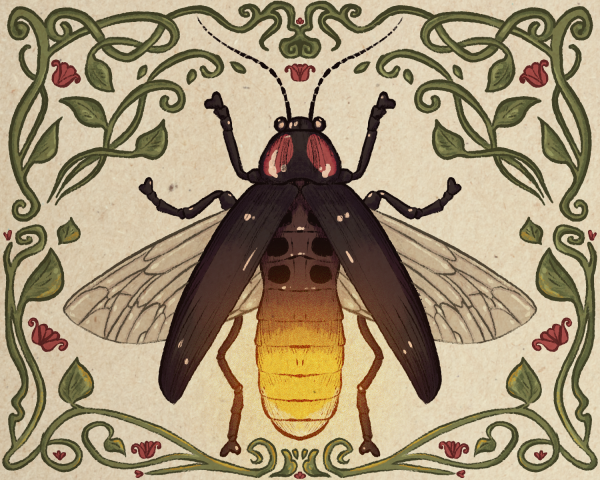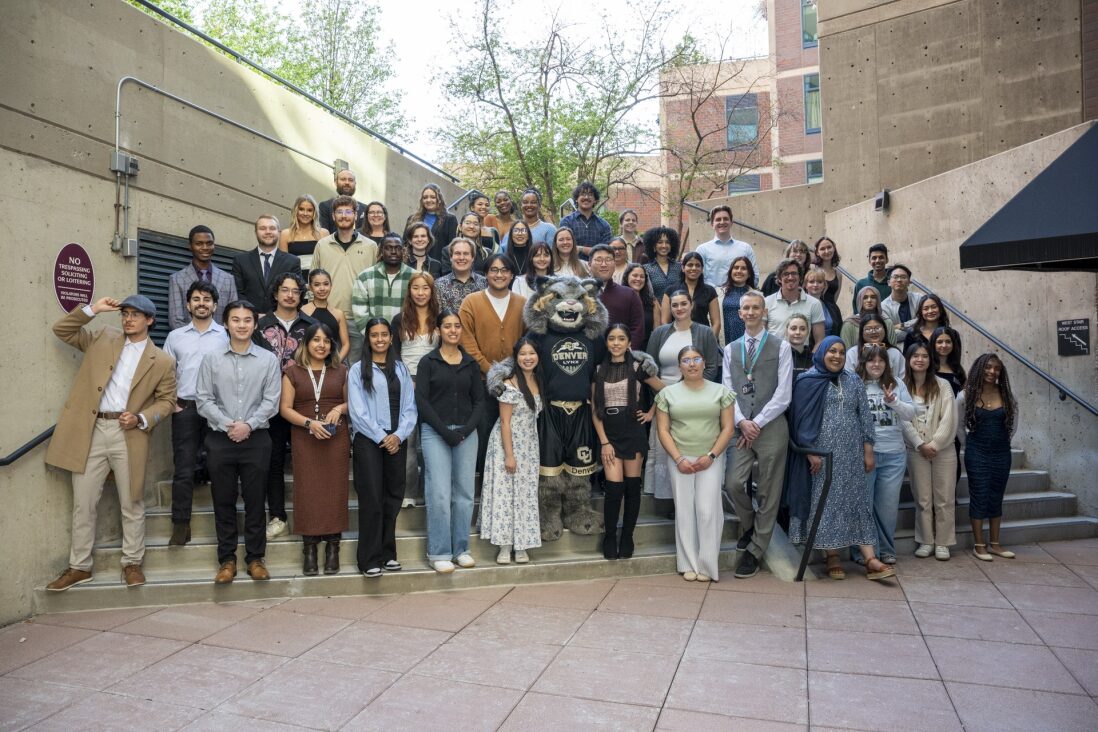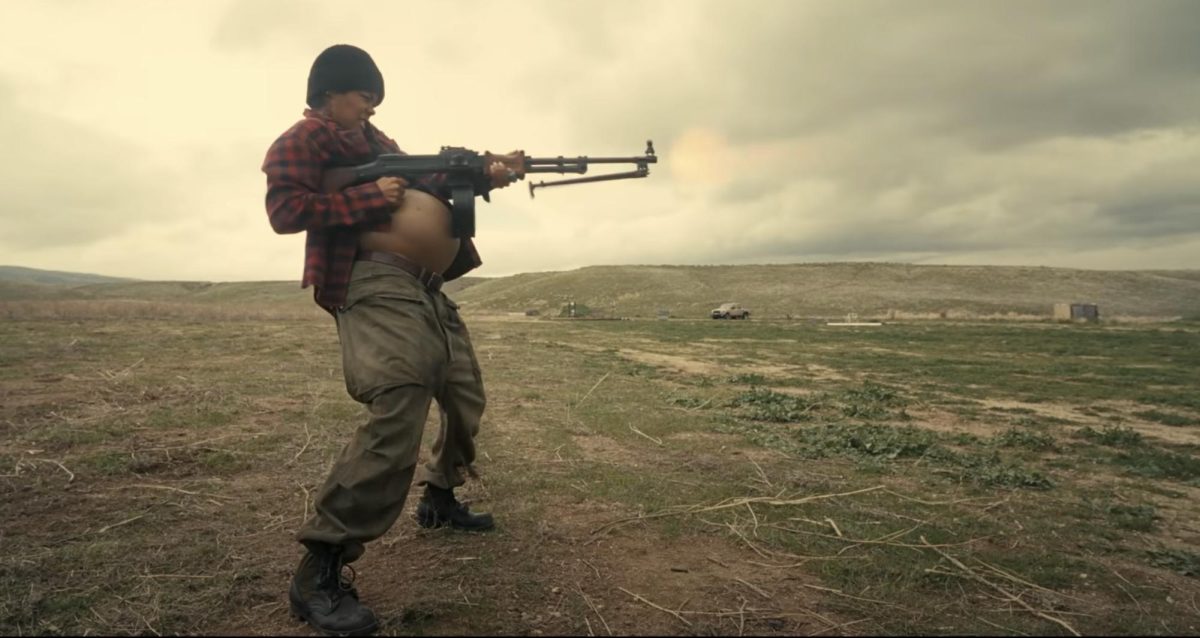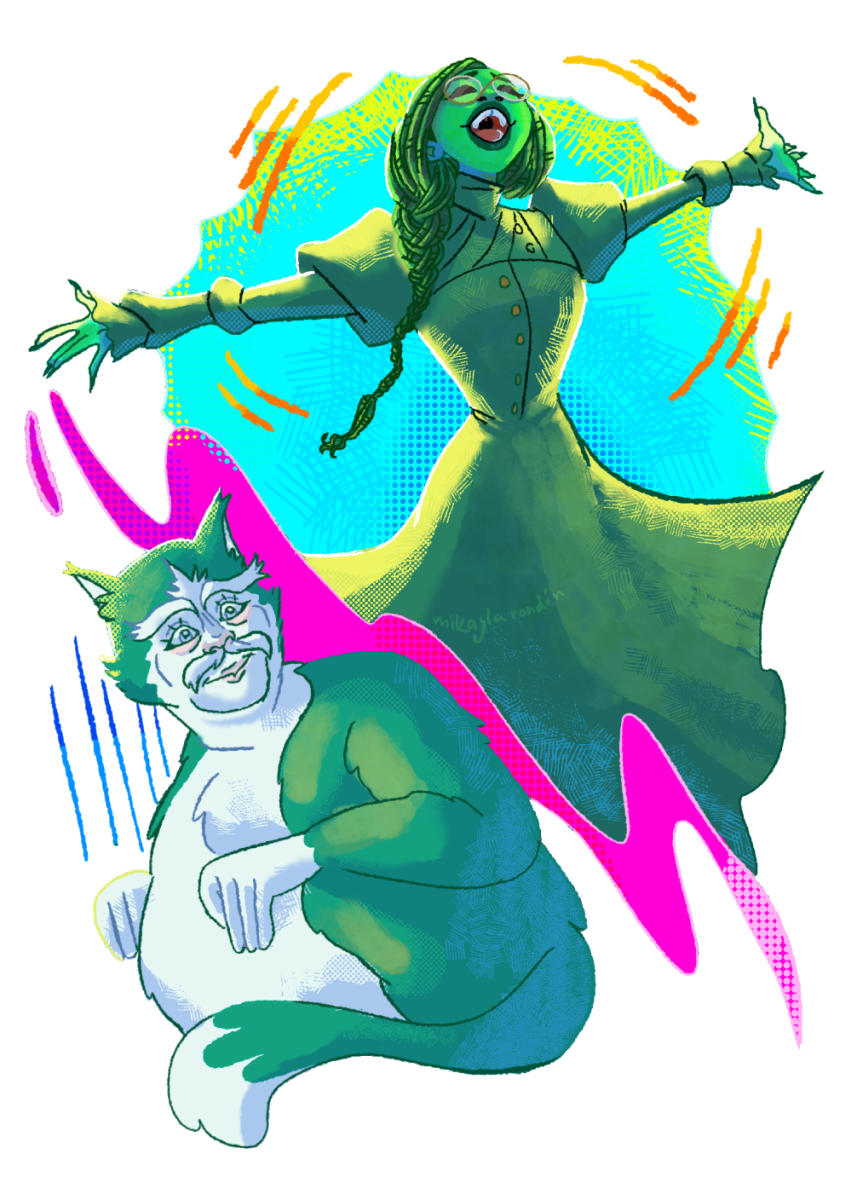The Denver Butterfly Pavilion is one of the most memorable destinations in the Denver-Metro area. Denver natives may be familiar with Rosie the tarantula, but they might not know about the behind-the-scenes work the Pavilion is doing to research native Coloradan insects, including fireflies, damselflies, and dragonflies.
The Butterfly Pavilion was one of the first institutions to research Colorado’s native species of fireflies. They are currently working with two species, Photuris sp. and Photinus sp. When they started the project five years ago, nothing was really known about either of these species’ patterns-of-life. Francisco Garcia-Bulle-Bueno, who helps research these insects, also runs the entomology department at the Pavilion.
“They will live hiding under the substrate for two years,” Bueno told a Sentry reporter. “And you think in Colorado, we have really hard winters, how are they surviving? It’s because they go deep enough, where they can be in a more easy– to– manage temperature. They’re down there, they might hibernate. They will be eating underground. Two years after they will be in a pupate state. So just like butterflies, they need to pupate.”
After pupating, the fireflies live, on average, for two weeks. Usually this is around June, making summer the best time for researchers to go and collect adult fireflies. They collect more males than females, which they can tell based on differences in abdomen size, as well as the distinct light patterns the insect displays. These mating groups are brought back to the Pavilion, where they lay eggs in the lab’s substrate.
“After that, we go through the substrate,” Bueno explained. “We look for the eggs, which are tiny, tiny little eggs, so you need magnifying glasses for sure. Once we find them, we separate each egg into a different container, because they are carnivores, and they have the potential to be cannibalistic too. So, every one has to be separated into different enclosures.”
While the fireflies are larvae, they eat bugs underground. Once they pupate, it’s only a matter of months before the adult fireflies emerge. But there is still much to learn about the way the larvae function in the wild. For example, much is still unknown about the way the larvae survive underground, especially in the cold. But behaviors that happen in the air are better understood, especially the mating rituals.
Bueno described these behaviors, saying that in one species of Colorado firefly, “Females will be on the ground, lighting and sending signals, and the males are up flying, sending their patterns. So you have all these different behaviors happening, which is super cool.”
Every species has a unique light pattern. In fact, some species of fireflies will even mimic others’ light patterns, so they can eat the other species. But it’s not just the beautiful lights that make these carnivorous beetles worth conserving—they serve as a crucial part of their ecosystems. Not only do species like fireflies serve as pollinators and pest control, they’re also important indicator species. Since fireflies are so sensitive, they can warn researchers about upcoming changes to the climate.
“They can tell if an ecosystem is being fragmented or damaged,” Bueno said. “If you don’t find them in an ecosystem where you would normally find fireflies, that’s a big red flag.”
Dragonflies and damselflies are also important indicator species. Unlike fireflies, their larval stages are aquatic, meaning they’re extra sensitive to changes in water temperature and pH. Damselflies have a shorter lifespan, living for only a year, while dragonflies have a similar lifespan to fireflies.
“Damselflies and dragonflies are in the same group called odonata,” Bueno explained. “So these are one of the most primitive insects out there, and one of the best fliers out there.”
Since they’re both carnivores, their quick speed makes them excellent hunters. They catch more than 90% of their attempted kills. Damselflies are smaller, so they primarily eat flies and mosquitoes. Dragonflies tend to be larger, and they eat butterflies, meaning any future exhibits featuring dragonflies will have to separate.
The Butterfly Pavilion is planning on a giant expansion, including a new facility with four separate biomes—and hopefully featuring fireflies and dragonflies. For now, the researchers are just excited about the three fireflies that they were able to hatch last year.
“We had been working on the Firefly Project for around five years before finally one adult emerged,” Bueno recounted. “And there were people screaming in the whole building. There was so much excitement for one single little beetle coming out. But it’s just because of the efforts that are behind it and the conservation future that it allows. It’s already a big win, because that can, of course, increase their population, and that allows us to protect these populations, too, because we can now understand their lifecycle and what they need and what they feed on.”
Bueno is an advocate for all bugs, including cockroaches and beetles. However, he knows that a lot of these species face stigma, despite the work they do for the environment. He believes that butterflies, dragonflies, and fireflies are a great way to get people to appreciate the ways bugs enrich our lives.

“Who doesn’t love a firefly?” he asked. “They’re great for getting people into conservation, dragging people into learning more about bugs. I called them ‘gateway animals.’ Just like honeybees, they are charismatic. Everyone loves going out in the summer, camping and seeing fireflies. It’s just a beautiful behavior. It makes people talk about how nature is so precious. There are so many reasons why they’re important and why it’s important to pursue this project.”
He’s right—97% of living things on Earth are insects. Even the bugs we consider pests are probably someone’s dinner. The sudden plummet in insect populations across the globe is not a good sign for the rest of the food chain. It’s a good thing there are researchers like Bueno, who respect the little guys.
“We, as humans, are biased towards conservation of elephants or rhinos, like they’re beautiful. You’re not going to have one of those in your backyard. but if you’re going to your backyard, you’ll have thousands of bees there.”
Like Bueno suggests, we should all start cherishing the little things in our life, whether it’s the bees in the backyard or coffee in the pot. After all, who knows how long bugs will be around to make many of these goods possible. And even if bugs didn’t produce anything, it would still be important to protect them. The diversity of life on this planet is a beautiful thing.
”We are this world with all these animals and living beings,” Bueno said, when asked why conservation was so important to him. “I think our main task is to protect them and to not just take from them, but to actually give them more. So that’s why I’m here, I want to celebrate invertebrates. Insects are just amazing. and they’re small and they’re facing so many problems out there that, as humans, we can make changes in order to help and accommodate their needs. We’re directly linked to them, it’s just understanding more about these links we have to them and the services they provide for us.”
Bugs are magical, and fireflies definitely make it easy to see that. It would be a shame to lose that sort of magic. To aid research and log firefly sightings, click here. If you would like to donate to the Butterfly Pavilion’s expansion, click here.

















